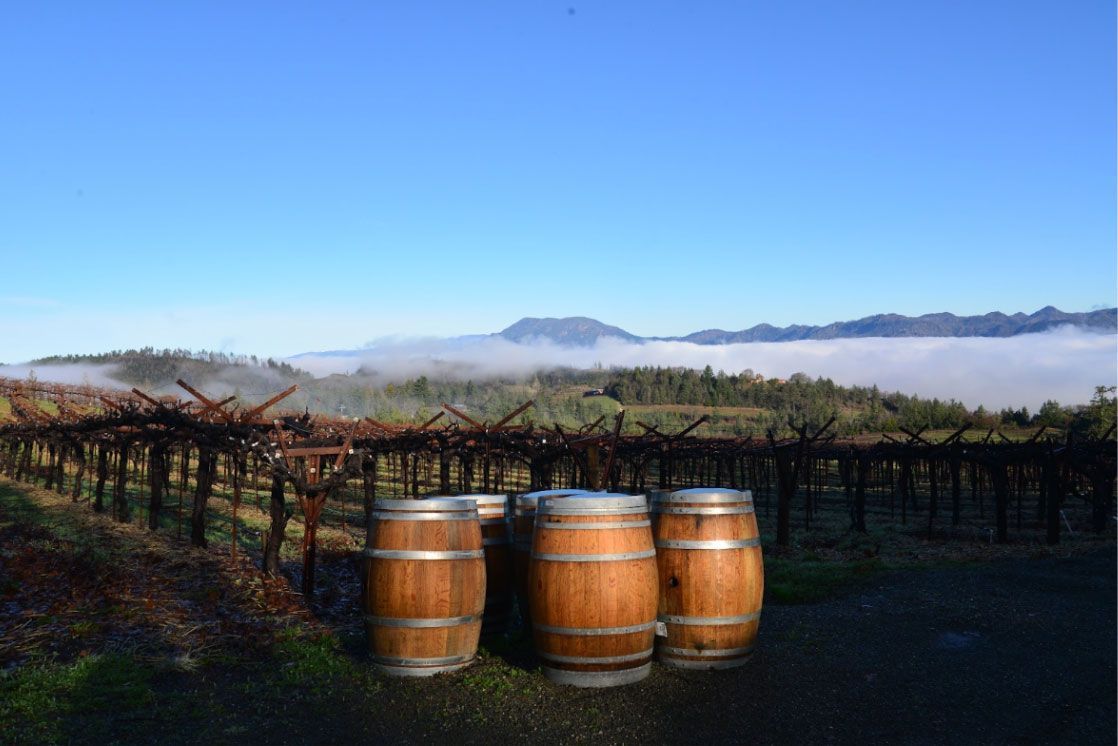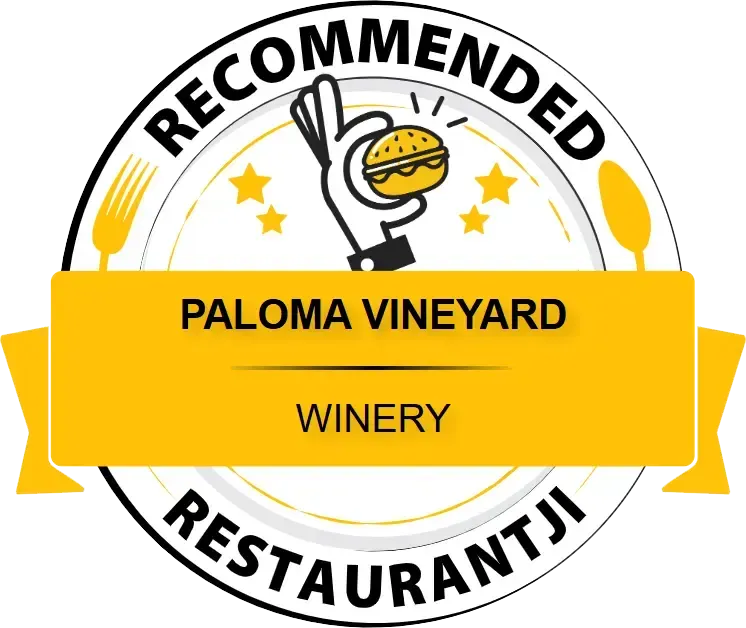Planning a Trip to the Napa Valley? Here’s what you need to know!
August 6, 2023
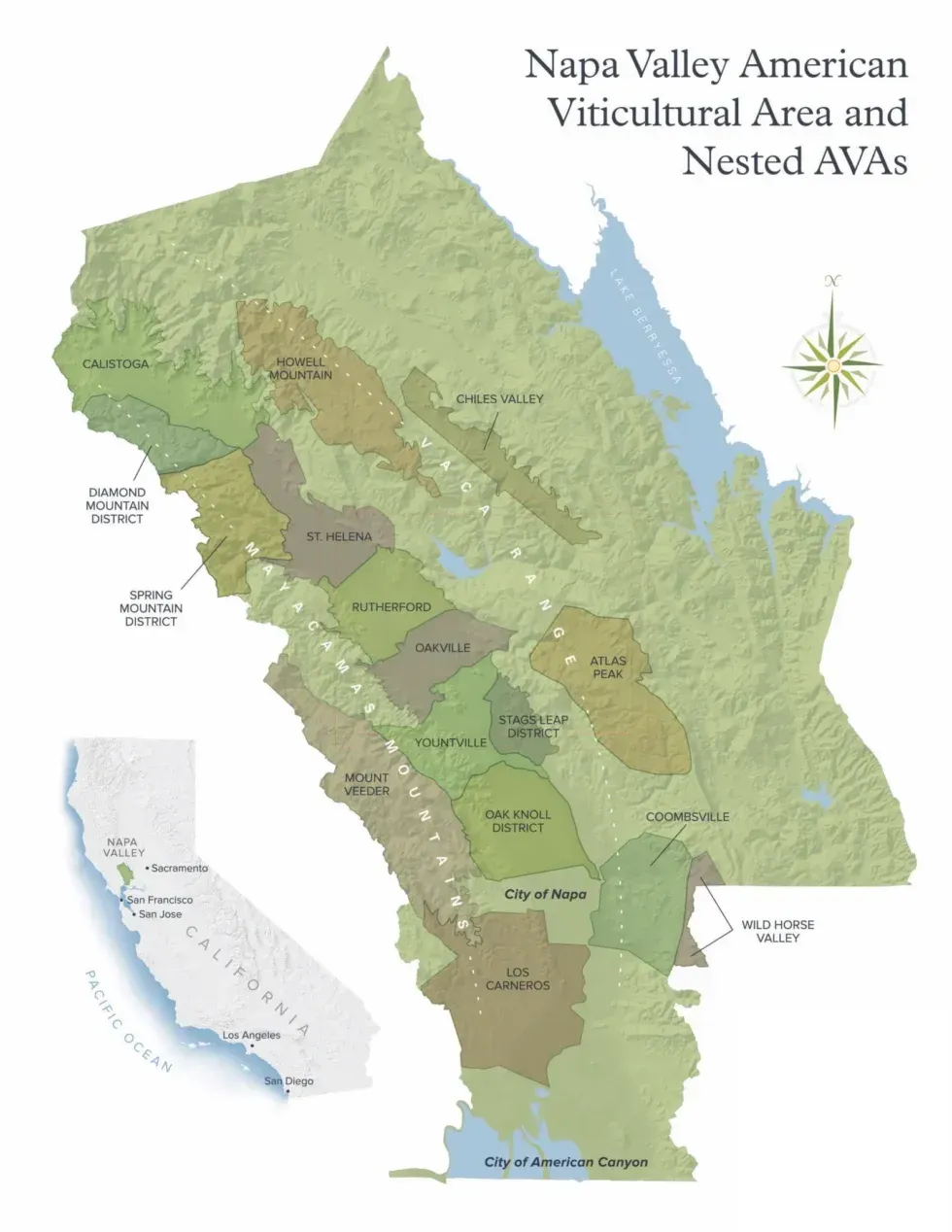
The Valley is Bigger than it Seems
The valley is 30 miles long and 5 miles wide. Although that seems close enough to zoom around from winery to winery, many estates are up windy country mountain roads that can be a bit slower to navigate. There are 3 main towns in the Napa Valley—Napa, St. Helena, and Calistoga—and two main highways—Highway 29 and Silverado Trail. We recommend segmenting your trip based on
. These are terroir-driven regions that all house world-class wineries. Cluster your trips into northern Napa AVA’s, Southern Napa AVA’s, the Mayacamas region AVA’s (West), and the Vaca region AVA’s (East). This way you spend more of your time at wineries and less driving (or being driven) around the valley. Wherever you go make sure to at least call ahead; some wineries require a reservation.
Smaller or Larger Tasting Rooms
Is the objective of your trip relaxation and catching up with friends? Or a learning experience and a tour with the winemaker? Consider your group when traveling. Are the tasters of the group interested in learning about wine flavor, farming, and winemaking? Or does your group mainly want to chat, catch up, and enjoy the beauty of the Napa Valley? Certain wineries are better suited for these different styles, and some even cater to them.
For example, if the objective of your Napa outing is to enjoy the people in your group, consider booking at larger tasting rooms along the main highways of the Napa Valley. Larger tasting rooms can accommodate larger groups better than smaller ones. How do you know if a tasting room is larger or not? Look to see if you can find their wine in your local grocery store or check what their maximum reservation numbers are online.
If you are looking for a more educational experience, consider booking at smaller family-owned and operated wineries, like
,
,
, and many others on
. These wineries tend to offer a more intimate, personal, and engaging feel.
Pacing Your Day of Wine Drinking
If you are coming for a week or more, consider taking days off of winery visits or plan morning activities and only visit 1 or 2 wineries in the afternoon. Not only is the Napa Valley a stunning place to explore both in the towns and in the mountains, members of your group may get burnt out on wine before the trip is up if you don’t break it up a bit.
If you are coming for a shorter trip, like 3 days or less for example, max out the number of wineries you go to. 3 is a very manageable number, but if you plan it right you could squeeze in 4—be sure to allow for travel time and food breaks though! You may have a large list of wineries you wish to visit, but once you throw in Breakfast (do not taste wines on an empty stomach!!!), lunch (lasting usually an hour at an amazing farm-to-table restaurant) and dinner (an event, once you consider the service and artisan meal) it can be a full day.
Most wineries are open from 10 AM (yes morning tasting is a thing in the Napa Valley) to 4 PM, during the busy season April-November. Hours and days available vary at some wineries during the off-season from December to March.
Taking Wine Home
Yes, most wineries can ship wine to your home address, but many do not ship to all states. This has to do with licensing laws and costs within your state—certain states make it very difficult and very expensive. Keep in mind that some wineries do not ship during the summer months in an effort to curtail spoilage with excessive heat.
How to get around this? Research what airline you fly, certain airlines like Alaska and Southwest let you check a case of wine for free if you are departing from the west coast. You can also simply buy a wine case box from a shipping store in Napa like
or
in St. Helena, pack it, and bring it to the airport with you. Those two places will also ship your wine home to most states. Other options include buying wine luggage. Some wineries even sell wine luggage for the above reasons. For states that are harder to ship to, like New Jersey, consider shipping to friends, family or your office in a neighboring state.
Weather
As with anywhere you go, check the weather the week before you travel. Napa Valley is generally warm during summer, however, it can still be slightly cool in the mornings and evenings, so do dress in layers. Napa Valley has many microclimates within it.
Seasonality
For a more immersive experience where your party can receive a lot of hands-on knowledge and attention, the off-season–November through April–is very desirable. If on the other hand, you want to see all the action and experience the excitement of winemaking, harvest is for you. That means August to September for white wines and September to October for red wines. Please keep in mind that every year is different and there is no guaranteed date of harvest for any winery.
Final Thoughts
If in doubt, call and talk to wineries, restaurants, hotels, Air BnBs, and others in the area. The Napa Valley is a beautiful place and all of us here are happy to recommend the best way to take that beauty in. Other great resources to use are apps like
(winery-focused) and
(restaurant-focused). And last, take a look at
for local events that may add an extra luster to your trip.
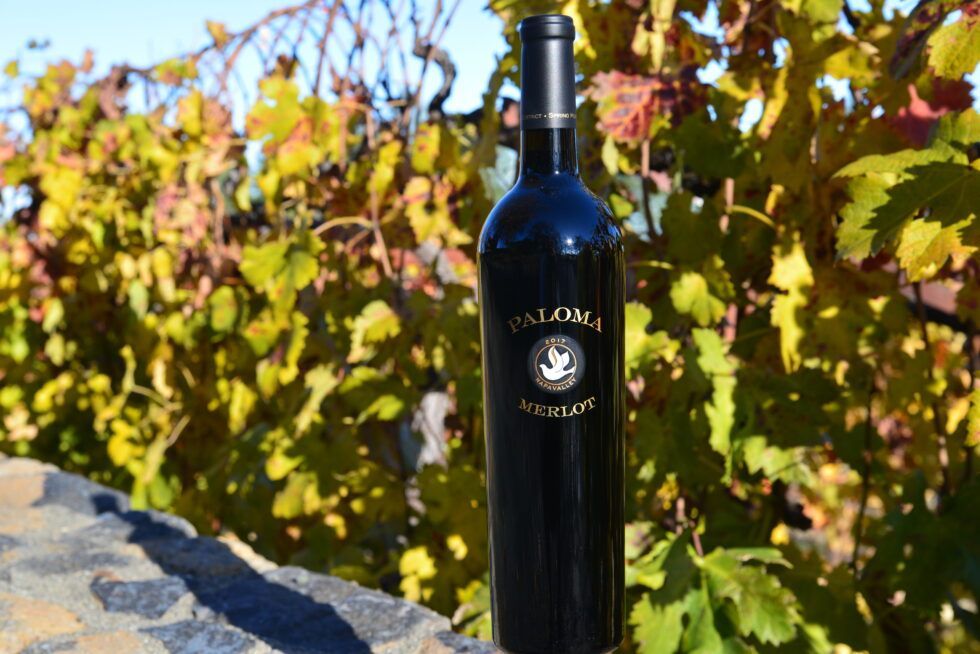
By caston_treetops
•
April 16, 2025
The swirled liquid boasts vanilla raspberry, plummy cassis, and a slight cooling floral undertone of cocoa. On the pallet, hot spice presents itself like cinnamon candy. The elegant tannins sting mid-way in this medium bodied wine. Swallowing leads to a long finish...
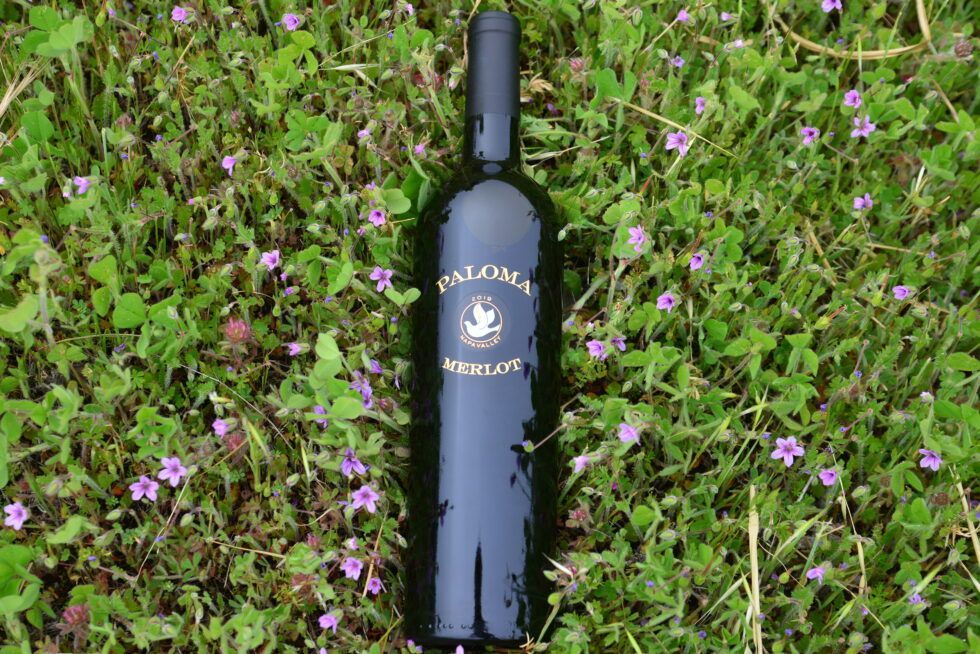
By caston_treetops
•
April 16, 2025
Paloma's 2019 Merlot opens with cranberry and rich cassis followed up with a slight dry mocha aromatic. This wine unfolds like a flower as you taste. It lands in the mouth with small strings of tannin and carries itself on a cool floral body. Its weight is just...
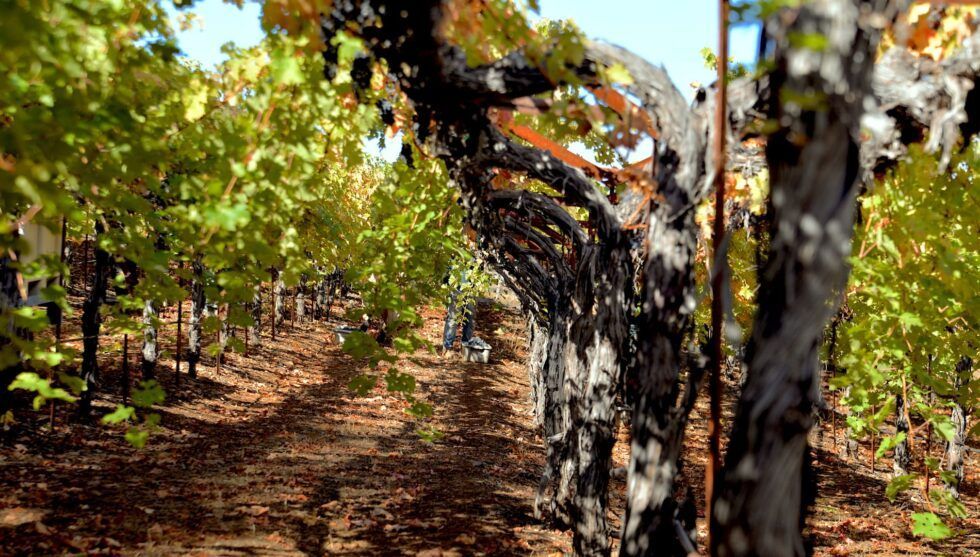
By WSI
•
March 26, 2025
At Paloma Vineyard, sustainability is more than just a practice—it’s the foundation of everything we do. Nestled on Napa Valley’s Spring Mountain, our small, family-run vineyard has been embracing sustainable and regenerative farming for over four decades. Every choice we make, from cover cropping to solar power, reflects our deep respect for the land and our commitment to producing exceptional wines that honor both our family legacy and the environment.
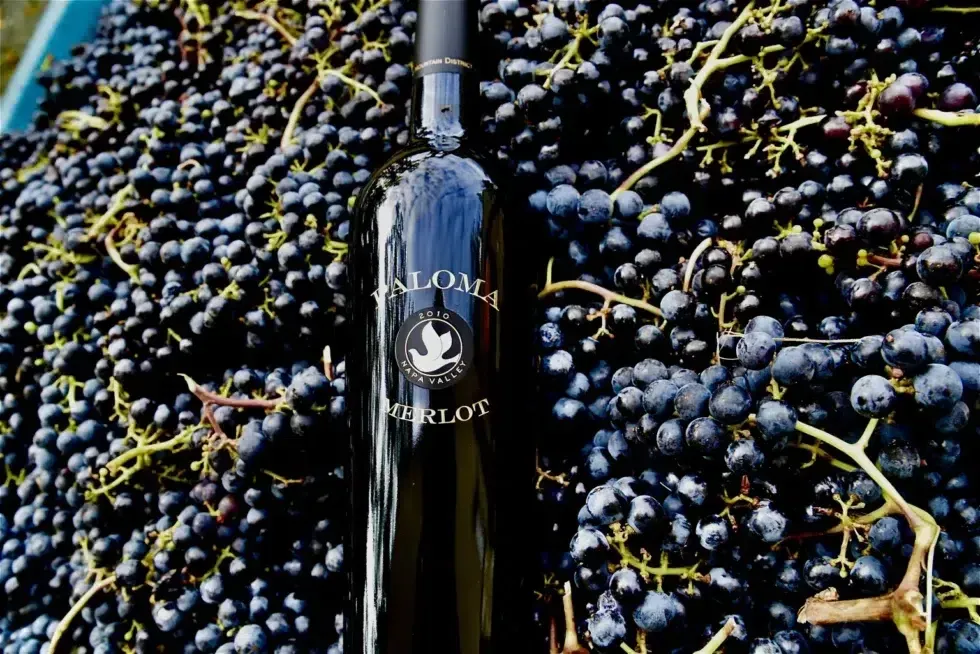
By WSI
•
March 6, 2025
Merlot has captivated wine enthusiasts for over two centuries with its smooth texture, rich flavors, and remarkable versatility. As one of the most widely planted grape varietals in the world, Merlot holds a prominent place on dinner tables and in wine cellars from Bordeaux to Napa Valley. But what makes Merlot so special? The answer lies in the grape’s adaptability, the care that goes into its cultivation, and the sense of place reflected in every bottle.
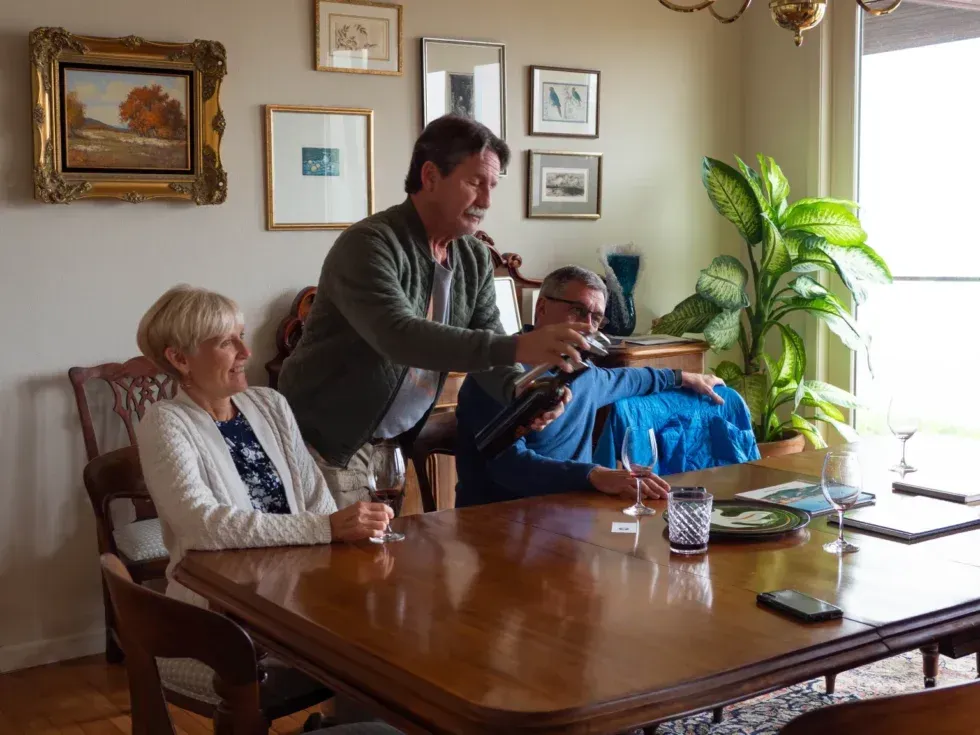
By taste_2420_views_enjoy
•
January 14, 2025
Have you ever been to a tasting where all you hear is the sound of the birds, wind, and the winemaker talking? No?! Then you haven’t visited Paloma Vineyard. Our personal team of furry greeters will meet you at your car and escort you up our steps to the owner’s home,...
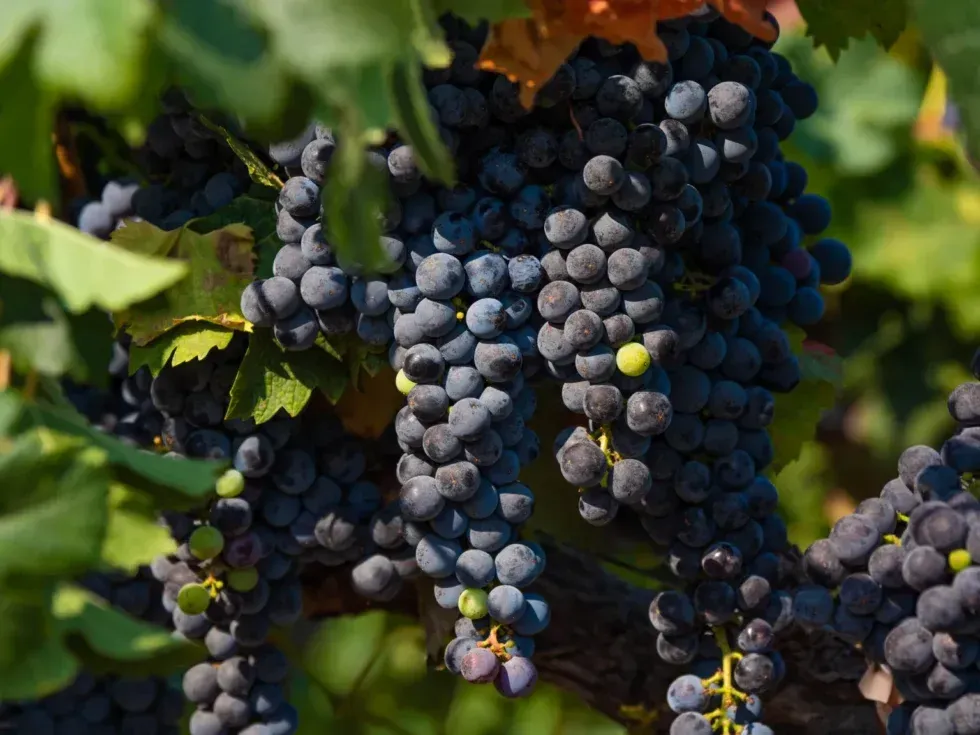
By taste_2420_views_enjoy
•
January 13, 2025
As Barbara, our matriarch, always said, “it starts in the vineyard.” Sustainability has become an essential practice for businesses looking to lead the way in their industry. While adapting to new practices can be challenging, it offers a unique lens to reexamine the...
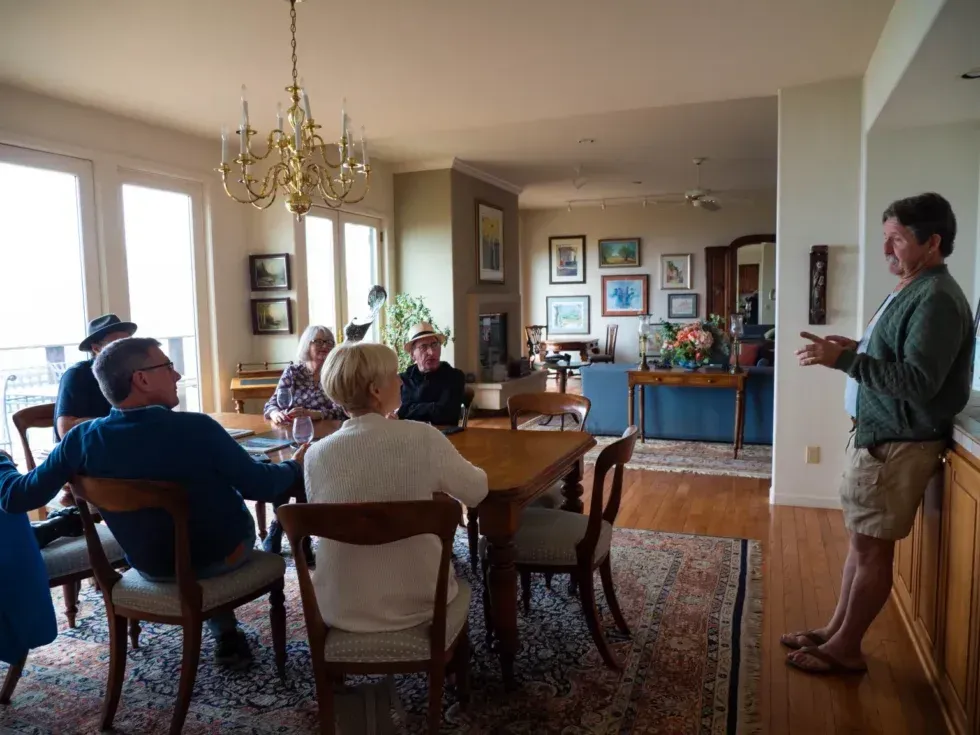
By taste_2420_views_enjoy
•
January 10, 2025
Since Barbara and Jim purchased the 17 acres of land at the top of Spring Mountain in 1983, our goal has never shifted–creating a winery that feels like home. By 1992, that dream was fully realized when Barbara and Jim finished construction of their home inside the...
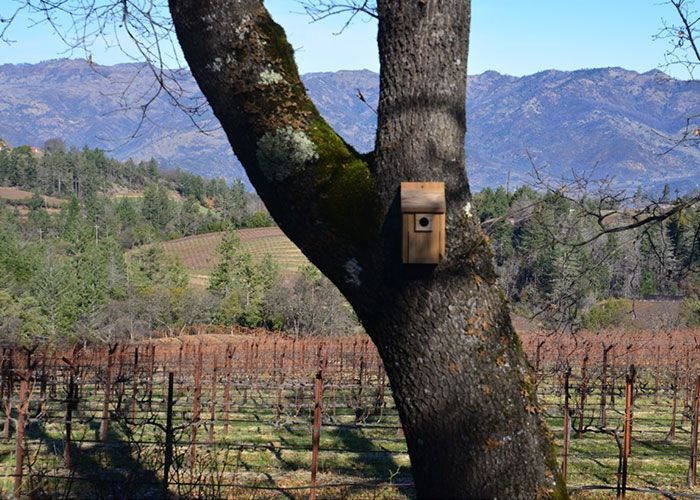
By taste_2420_views_enjoy
•
December 31, 2024
At our sustainable winery and vineyard , every choice we make reflects our commitment to preserving the environment and crafting exceptional wines. From innovative trellising systems to thoughtful vineyard management, we strive to balance nature’s needs with our vision for creating wines that tell a story in every sip.
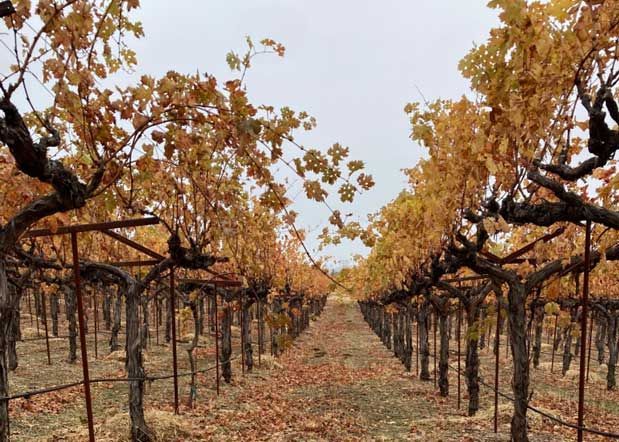
By p_hummingbird_2420_golden_rays
•
December 12, 2024
As a family-run winery on Napa’s Spring Mountain, we’ve spent over 40 years embracing methods that respect both the land and future generations. Sustainable wine and our winemaking is a year-round commitment, and for us, every decision, from vineyard management to bottling, is an opportunity to honor this responsibility.

